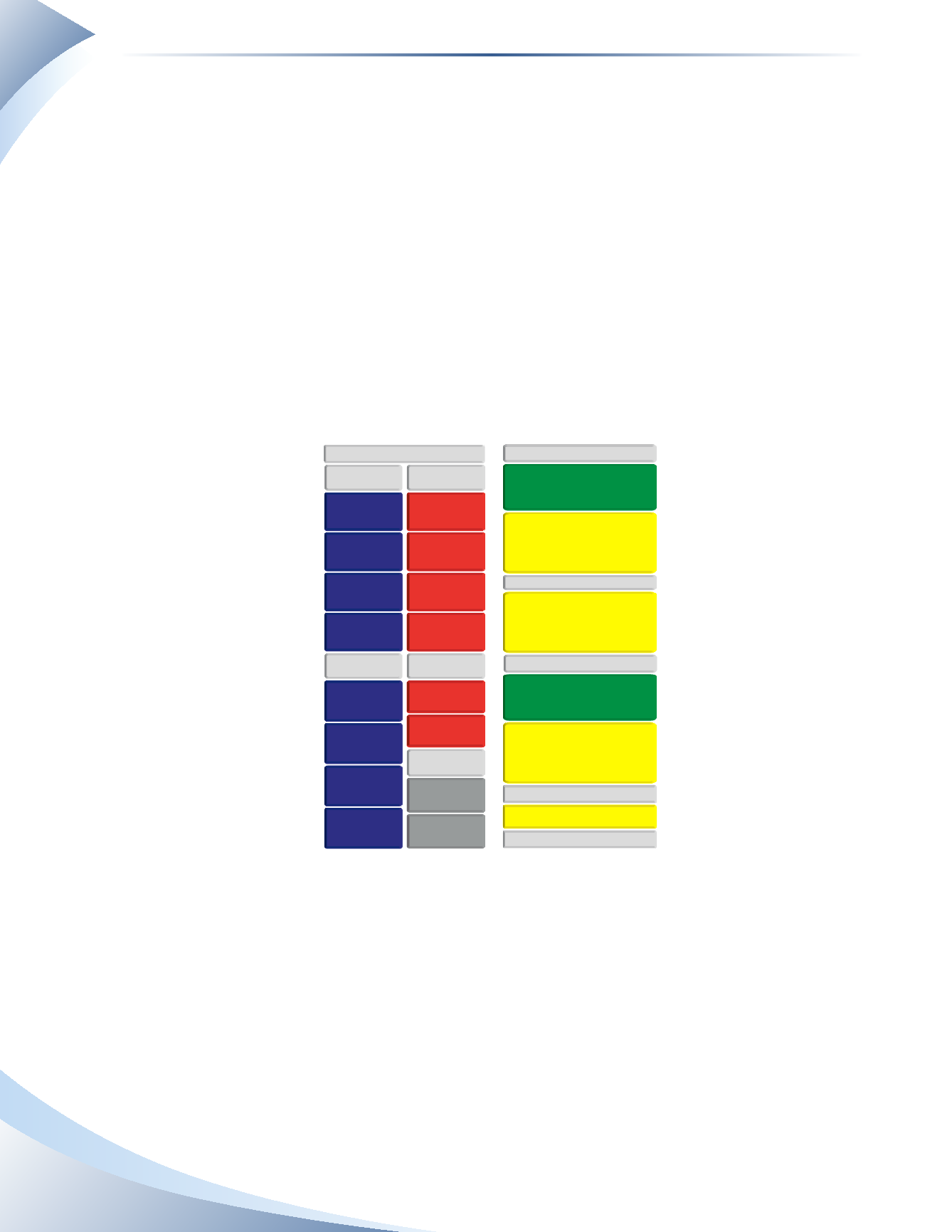
Introduction
vi
The AME Approach to Learning Accounting
AME utilizes a unique method to simplify accounting concepts, using step-by-step logic to
ensure that the subject is extremely easy to understand. Accounting concepts are communicated
using straightforward language and AME Accounting Maps™ that make potentially complex
transactions simpler and easier to follow.
The AME Accounting Map™ is used throughout the textbook to show the impact of transactions
on the financial statements. It is a visual representation of the balance sheet and income statement.
The Accounting Map™ is also used in our interactive tutorials. Increases and decreases in values
of specific items are clearly shown on the Map without needing to resort to technical accounting
terminology.
BALANCE SHEET
CURRENT
ASSETS
CURRENT
LIABILITIES
CASH
LONG-TERM
INVESTMENTS
ACCOUNTS
RECEIVABLE
PROPERTY, PLANT
& EQUIPMENT
INVENTORY
INTANGIBLE
ASSETS
PREPAID
EXPENSES
GOODWILL
NON-CURRENT
ASSETS
NON-CURRENT
LIABILITIES
SHAREHOLDERS’
EQUITY
ACCOUNTS
PAYABLE
ACCRUED
LIABILITIES
UNEARNED
REVENUE
NOTES PAYABLE
(CURRENT PORTION)
NOTES PAYABLE
(NON-CURRENTPORTION)
BONDS
PAYABLE
CONTRIBUTED
CAPITAL
RETAINED
EARNINGS
GROSS PROFIT
OPERATING INCOME
REVENUE
COST OF GOODS SOLD
OTHER EXPENSES
(INTEREST, LOSS ON SALE OF ASSETS)
INCOME TAX
NET INCOME
INCOME BEFORE TAX
INCOME STATEMENT
OPERATING EXPENSES
OTHER REVENUE
(INTEREST, GAIN ON SALE OF ASSETS)
The Accounting Map™
This textbook is part of a larger and blended program that is being used to teach the course. As an
instructor it is recommended to follow these steps to ensure your students get the most out of the
program.
1.
Encourage students to use the interactive online tutorials before attending each class.
2.
Use the PowerPoint™ presentations to provide visuals to assist with teaching the material.
3.
Online quizzes are available to test student’s comprehension of the material. Quizzes can be
used either before or after class.
4.
Online post-class homework questions are available to test student’s ability to complete
accounting problems.These should be used after class.


